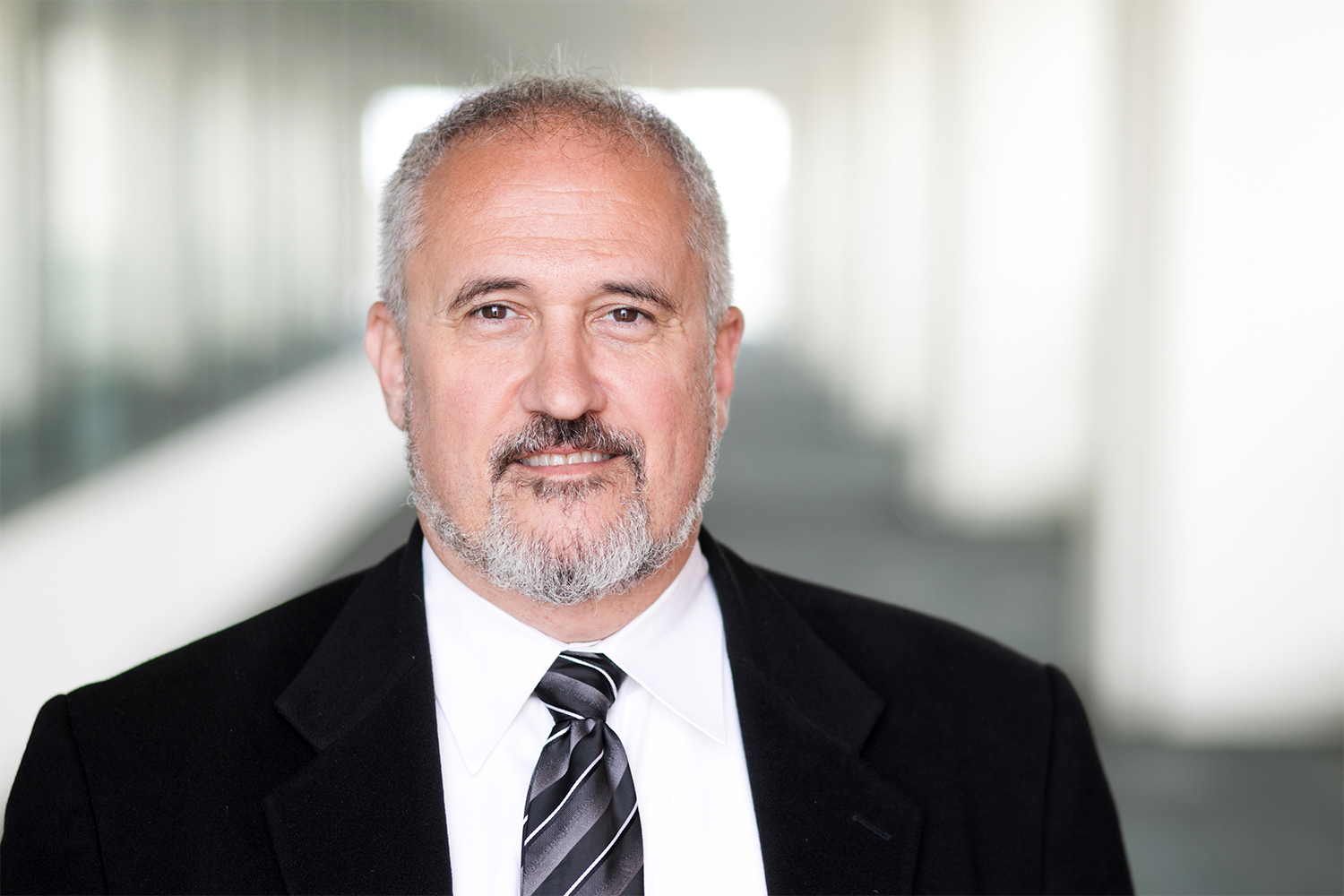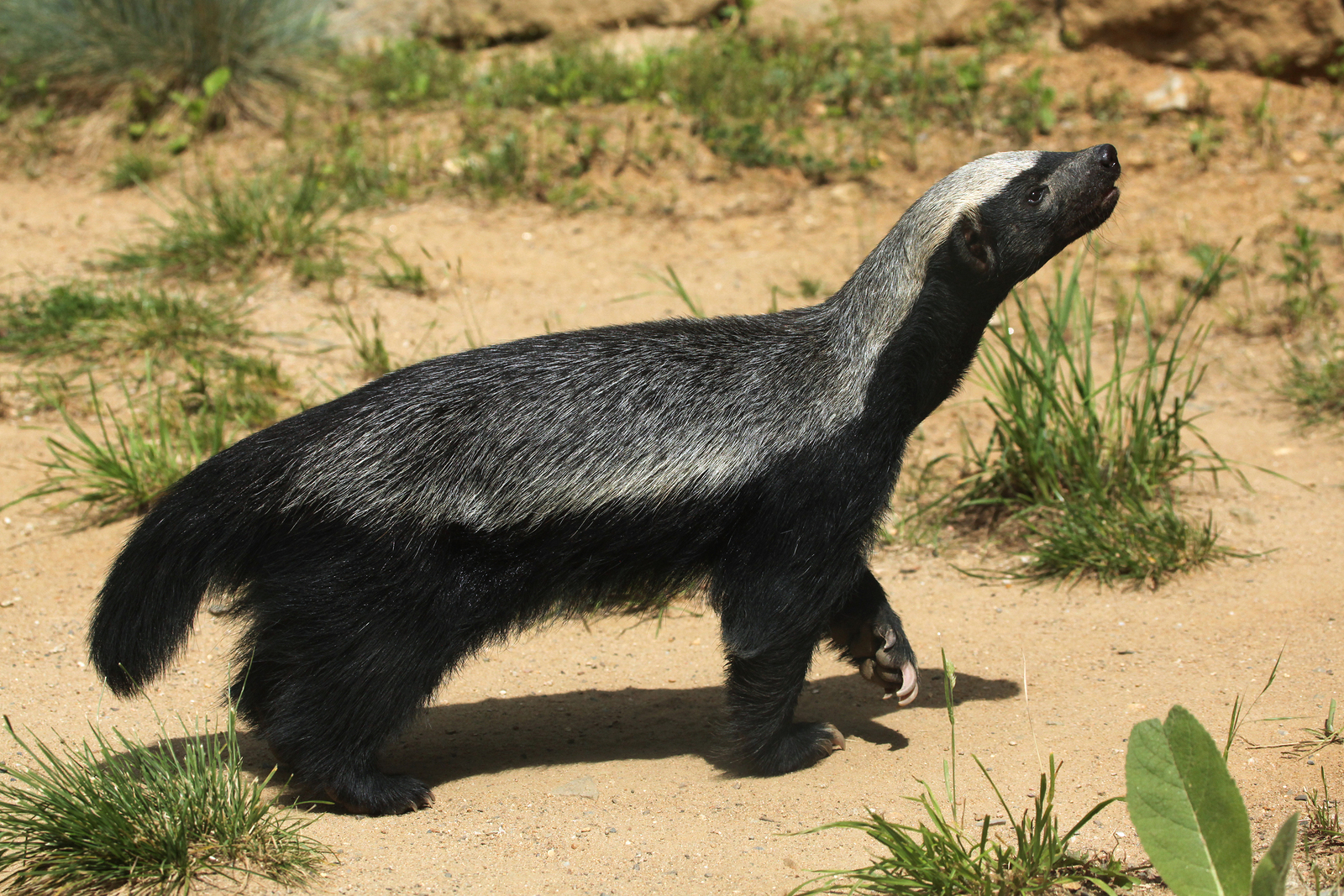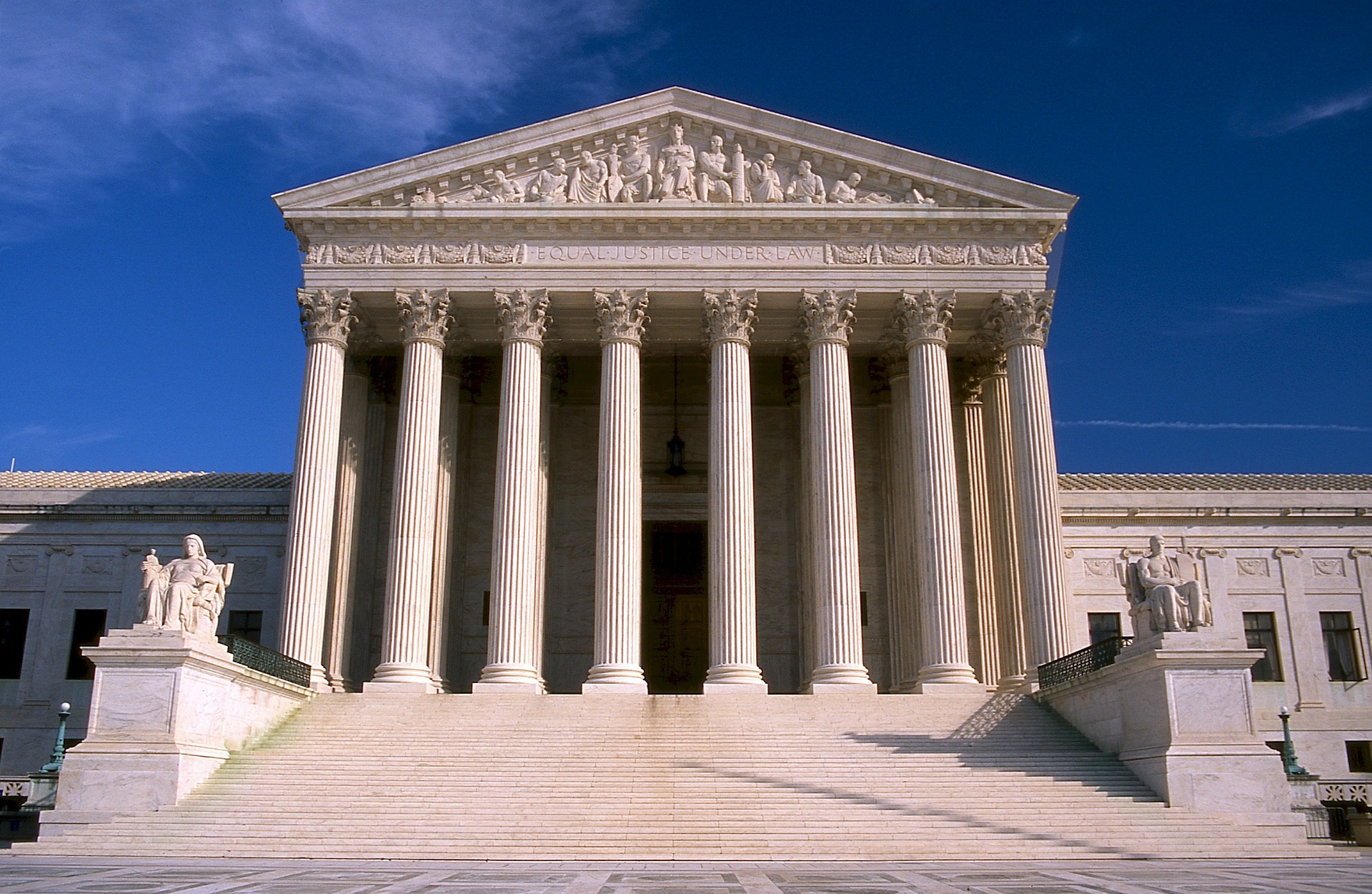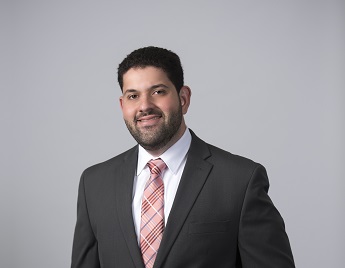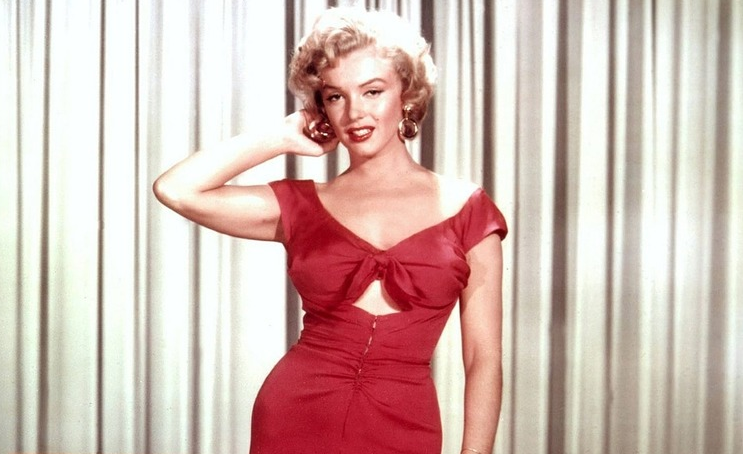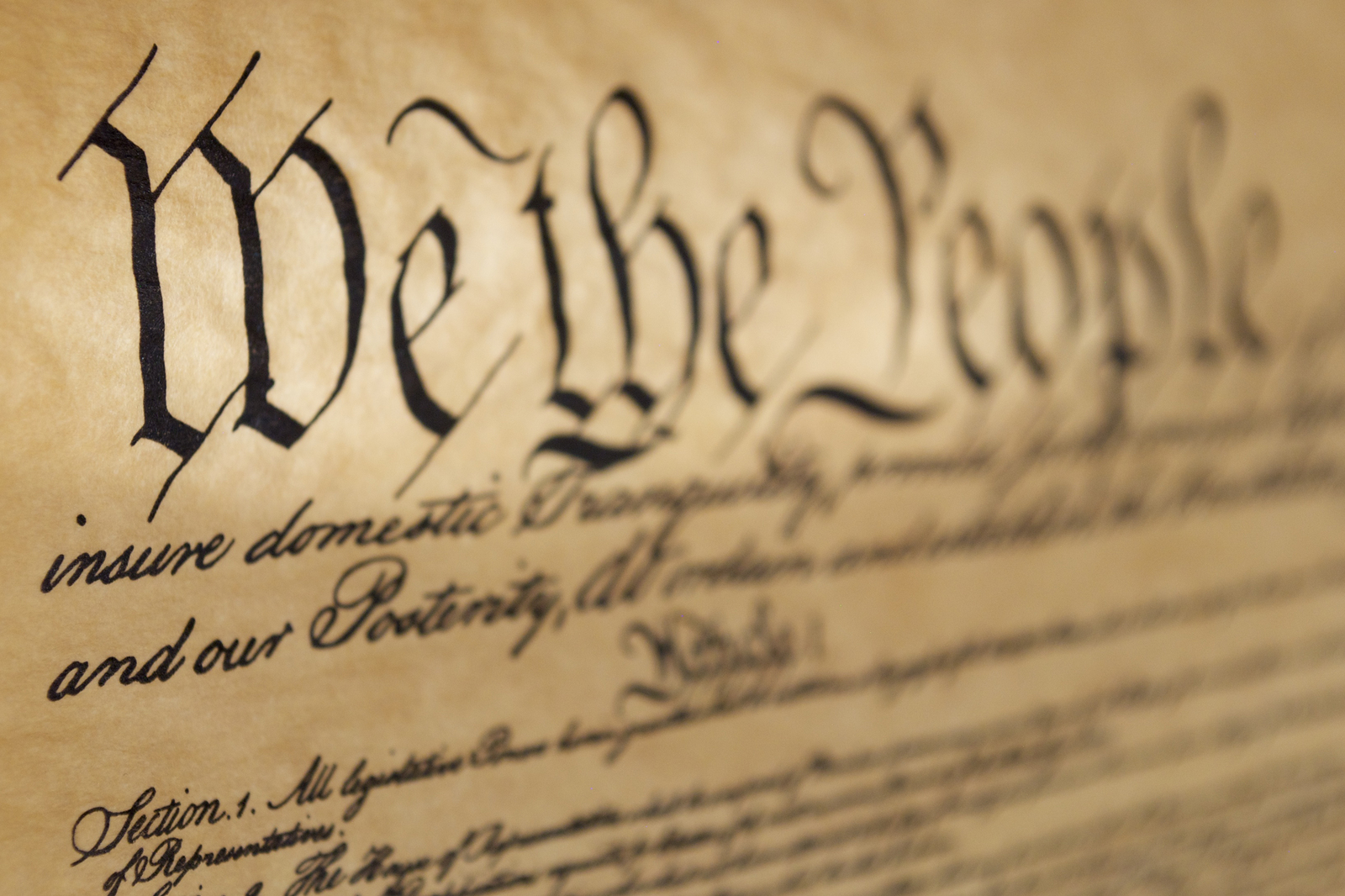NMotion Demo Day, December 6 | Lincoln Startup Week Recap
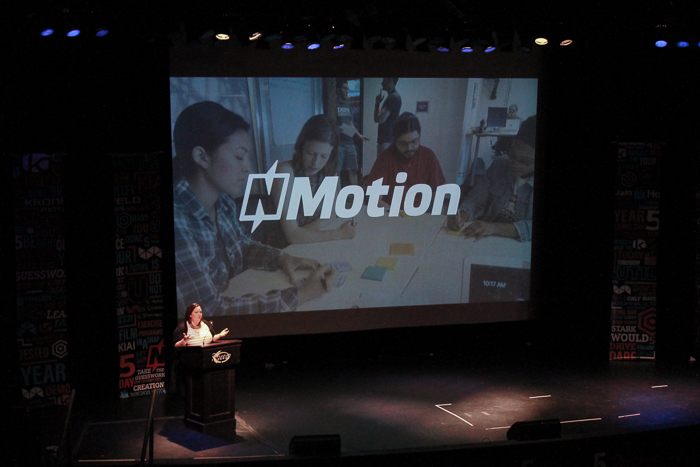
Six innovative startups will give their final business pitches tomorrow evening at NMotion Demo Day.
NMotion is the product of a collaboration between the University of Nebraska Lincoln, Lincoln Partnership for Economic Development, and private investors. Their 90-day accelerator program helps startups of all sizes grow rapidly by connecting them with mentors, experts, capital, community connections and more.
Suiter Swantz IP has been a proud partner to NMotion for a number of years, and continues to serve the Lincoln startup community. This year, we were able to spend some time with several members of the 2018 cohort and discussed with them the importance of protecting their intellectual property.
Please join us tomorrow evening to celebrate these innovators from 5:30 - 7:00 p.m. at the Rococo Theatre in Lincoln, NE.
You can visit NMotion's RSVP page to reserve your free ticket to the event.
In October, Matt Poulsen, Suiter Swantz IP Co-Owner and Patent Attorney, hosted a Bootstrapping Intellectual Property Protection session during Lincoln Startup Week.
Lincoln Startup Week is a five-day celebration of the Lincoln startup community. Led by entrepreneurs and hosted in startup spaces across Lincoln, the conference builds momentum and opportunity around entrepreneurship and startup business practices.
Matt's presentation (linked below) focuses on IP protection for startups with a specific emphasis on critical timing requirements as well as patent filing strategies to help minimize early-stage expenses.
For more Suiter Swantz IP news and useful resources concerning intellectual property, such as patents, trademarks, and copyrights, subscribe to our monthly newsletter.
Suiter Swantz IP is a full-service intellectual property law firm providing client-centric patent, trademark, and copyright services. If you need assistance with an intellectual property matter and would like to speak with one of our attorneys, please contact us at info@suiter.com.
Spooky IP
As Halloween approaches, enjoy some Spooky IP! Every year billions of dollars are spent on Halloween in the United States, but few people appreciate the role intellectual property plays in the holiday. This collection of Spooky IP presented by Suiter Swantz IP highlights just a handful of Halloween-themed patents and trademarks used to protect commercialized products associated with the holiday. Please enjoy our collection of Spooky IP and have a Happy, Safe, and Spooky Halloween!
Patent Trial and Appeal Board Chief Judge David Ruschke Has Accepted a New Position
The Patent Trial and Appeal Board Chief Judge David Ruschke Has Accepted a New Position
Andrei Iancu[1], Director of the United States Patent and Trademark Office (USPTO), appointed the former Chief Judge of the Patent Trial and Appeal Board (PTAB), David P. Ruschke,[2] to serve as Senior Advisor at the Office of the Commissioner for Patents. In an emailed statement on August 14, 2018, Iancu said Ruschke’s new role will help “improve internal coordination between the office and the PTAB.”
The PTAB “is charged with rendering decisions on: appeals from adverse examiner decisions, post-issuance challenges to patents and interferences.”[3] The PTAB was formed in 2011 as part of the America Invents Act and replaced the former Board of Patent Appeals and Interferences (BPAI) on September 16, 2012.
Ruschke was appointed as Chief Judge of the PTAB in May 2016. Prior to his appointment, Ruschke was Chief Patent Counsel for Medtronic’s coronary and structural heart unit where he worked for 12 years. Iancu noted that Ruschke’s “breadth of experience means he is well-positioned to address the concerns of our stakeholders, patent examiners, and PTAB judges” and that Iancu “look[s] forward to working with David to improve intra-agency cooperation.”
Scott Boalick[4] will serve as the acting Chief Judge and Jacqueline Bonilla[5] will be the acting deputy Chief Judge until the USPTO can find a permanent replacement.
Honey Badger Creator Does Care...About His Trademarks
“Ew! What’s that in its mouth? Oh, it’s got a cobra? Oh, it runs backwards? Now watch this. Look, a snake’s up in the tree. Honey Badger don’t care. It just takes what it wants.”
You may remember this viral YouTube sensation “The Crazy Nastya** Honey Badger” that was posted and narrated by Christopher Gordon (who uses Randall as an online alias) in 2011. What many people don’t know is that Gordon was in a long-running trademark lawsuit with a greeting card company over the catchphrases taken from the videos; “Honey Badger Don’t Care” and “Honey Badger Don’t Give a Sh*t.”
In 2016, Gordon sued Drape Creative Inc. and Papyrus-Recycled Greetings Inc. (Defendants) for trademark infringement. Gordon owns trademark registration numbers 4,505,781, 4,419,079, 4,419,081, and 4,281,472 for HONEY BADGER DON’T CARE. In the lawsuit, Gordon claimed the Defendants sold greeting cards with the statement “Honey Badger Don’t Give a Sh*t” which he believed was a clear reference and improper use of his mark. U.S. District Judge John Walter of the Central District of California did not agree.
Walter’s summary judgment hinged on the two-prong Rogers test (Rogers v. Grimaldi, 875 F.2d 994 (2d Cir. 1989)) which is designed to “strike an appropriate balance between First Amendment interests in protecting artistic expression and the Lanham Act’s purposes to secure trademark rights.” Under the two-prong Rogers test, adopted by the Ninth Circuit, "an artistic work's use of a trademark that would otherwise violate the Lanham Act is not actionable" unless (1) use of the mark has "no artistic relevance to the underlying work" or (2) “explicitly misleads as to the source or the content of the work."
In regard to the first prong, the Court “conclude[d] that the use of the phrase ‘Honey Badger Don’t Give a Sh*t’ easily meets the artistic relevance requirement under Rogers.” In regard to Rogers’ second prong “[t]he Court conclude[d] that Plaintiff has failed to present any evidence that raises a genuine issue of material fact that Defendants explicitly mislead as to the source of their greeting cards.” Gordon, unhappy with this ruling, appealed.
The appeal was heard by the United States Court of Appeals for the Ninth Circuit. The opinion, given by Judge Jay Bybee, who was joined by Judge Paul Watford and Judge Danny Boggs, reversed the District Court’s decision and found in favor of Gordon finding there were enough triable facts for this case to be tried before a jury. One of the triable facts was whether the Defendants added “any value protected by the First Amendment” other than “merely appropriate[ing] the goodwill associated with Gordon’s mark.”
In the opinion, Bybee states that the “Rogers test is not an automatic safe harbor for any minimally expressive work that copies someone else’s mark…It cannot be that defendants can simply copy a trademark into their greeting cards without adding their own artistic expression or elements and claim the same First Amendment protection as the original artist...That would turn trademark law on its head.”
The President of Drape Creative admitted to being the creator of the cards but claimed he does not remember where the inspiration for the cards came from and that he had no knowledge of the Honey Badger that gained popularity on the internet at that time.
Bybee stated that “[a]lthough defendants’ greeting cards are expressive works to which Rogers applies, there remains a genuine issue of material fact as to at least Rogers’s first prong—i.e., whether defendants’ use of Gordon’s mark in their greeting cards is artistically relevant.”
It will be interesting to see how the next Circuit rules on this as their ruling could provide more clear-cut evidence as to how the Rogers test is to be applied.
Suiter Swantz IP is a full-service intellectual property law firm, based in Omaha, NE, serving all of Nebraska, Iowa, and South Dakota. If you have any intellectual property questions or need assistance with any patent, trademark, or copyright matters and would like to speak with one of our patent attorneys, please contact us.
Supreme Court to Hear Circuit Split on Registration Requirement for Instituting Copyright Lawsuit
While copyright lawsuits are common, some feel the steps needed to bring a copyright infringement lawsuit could use a little more clarification. The Supreme Court of the United States has agreed to hear Fourth Estate Public Benefit Corporation v. Wall-Street.com, LLC, et al. and hopefully provide clarification on copyright infringement lawsuits.
Fourth Estate produces news articles online and licenses the articles to other news platforms. Once an account’s term is completed or terminated with Fourth Estate, the user is to take Fourth Estate’s content off their site. Wall-Street.com canceled their Fourth Estate account but did not remove Fourth Estate’s content from their site. Fourth Estate sued Wall-Street.com for copyright infringement. The district court held that since Fourth Estate’s works were not registered with the Copyright Office prior to the lawsuit they were not eligible to sue for a copyright infringement. The Court of Appeals affirmed. Fourth Estate appealed.
According to Section 411(a) of the Copyright Act “no civil action for infringement of the copyright in any United States work shall be instituted until” either “preregistration or registration of the copyright claim has been made in accordance with this title,” or “the deposit, application, and fee required for registration have been delivered to the Copyright Office in proper form and registration has been refused, the applicant is entitled to institute a civil action for infringement if notice thereof, with a copy of the complaint, is served on the Register of Copyrights.” 17 U.S.C. § 411(a).
There are different interpretations of 17 U.S.C. § 411(a) among the Circuits. The Tenth and Eleventh Circuit follow the “registration” approach which maintains plaintiffs must already have a copyright certificate that has been issued by the Copyright Office or have documentation that the application was rejected by the Copyright Office in order to bring a copyright infringement lawsuit. The Ninth and Fifth Circuits, on the other hand, follow the “application” approach. This approach’s interpretation maintains that other than a filed application with the Copyright Office, there are no other requirements needed in order to begin infringement proceedings. Other Circuit Courts have ruled on these matters but have not committed to a specific approach.
The question presented to the Supreme Court is “whether a copyright owner may commence an infringement suit after delivering the proper deposit, application, and fee to the Copyright Office, but before the Register of Copyrights has acted on the application for registration.”
While both approaches, registration, and application, appear to satisfy the Copyright Act’s requirements, the Supreme Court’s ruling on this will provide clarification and set precedent for the lower courts.
Suiter Swantz IP is a full-service intellectual property law firm, based in Omaha, NE, serving all of Nebraska, Iowa, and South Dakota. If you have any intellectual property questions or need assistance with any patent, trademark, or copyright matters and would like to speak with one of our patent attorneys, please contact us.
Innovation Expo, October 11
Attorney Matt Poulsen will attend the Sioux Falls Innovation Expo on October 11th. This conference will focus on connecting entrepreneurs, innovators, and the many others involved in developing startup companies.
The event will be held at the Orpheum Theater in Sioux Falls, South Dakota.
To learn more about the event, click here.
Office Hours October 10 at the Brookings, SD Office
Suiter Swantz IP will hold office hours at our Brookings, SD satellite office located in the South Dakota State University Research Park on October 10th.
Feel free to send Matt Poulsen an email (map@suiter.com) if you’d like to reserve a time to meet or have any questions.
Suiter Swantz IP
402-496-0300
www.suiter.com
Creighton University Intellectual Property Panel
Members of the Creighton University Intellectual Property Law Society will host an IP attorney panel on September 26. Suiter Swantz IP attorney, Faisal Abou-Nasr, will be a part of this panel where he will discuss the field of intellectual property and answer questions students and faculty may have. To learn more about this event click here.
MidWest Drug Development Conference Oct. 1-2
Suiter Swantz IP is proud to be a sponsor of the 2018 MidWest Drug Development Conference. This event will provide industry experts the opportunity to learn about cutting-edge midwestern therapeutic technologies and start-up companies.
The conference will be attended by universities from the Midwest and will feature over 50 presentations of early- and mid-stage technologies and startups.
The conference will be held October 1 - 3, at the Omaha Marriot Downtown Capitol District. To learn more about this event click here.
Copyright Dispute over Marilyn Monroe’s “Last Sitting” Goes to Trial
Marilyn Monroe was one of the most iconic figures in the 1950s. She was a model, actress, singer, and has been photographed by famous photographers from all over.
In 1962, fine art and commercial photographer, Bert Stern, photographed Monroe for Vogue over the span of three days at the Bel-Air Hotel in Los Angeles. These images, over 2,500 of them, were the last photos taken of Monroe before her death on August 5, 1962; the images are known as the “Last Sitting.” Almost one month after Monroe’s death Vogue published a story about her and used six of Stern’s images from the “Last Sitting.”
In 1982, Stern detailed his work with Monroe in a 188-page book titled, The Last Sitting. Prior to the book’s publishing, Stern signed an agreement with William Morrow and Company, Inc. that stated he was the “sole author and proprietor of the work” and the images used would not “infringe upon any copyright or proprietary right of any third party.” On November 15, 1982, the book was registered for copyright, registration certificate number TX0001024270.
In June 1992, Stern published a second book with German publisher, Schirmer/Mosel Verlag GmbH, titled Marilyn Monroe: The Complete Last Sitting. Prior to this agreement, Stern obtained all publication rights from William Morrow.
On June 26, 2013, Stern passed away. Shortly after his death, his estate obtained copyrights to all 2,571 images taken in the “Last Sitting,” copyright registration certificate number VA0001923509.
A few years after Stern’s death, his estate began to see unlicensed images from the “Last Sitting” sold on online retail sites such as Amazon, OnGallery, and eBay. In an attempt to have the images removed ,“takedown notices” were sent to eBay from the Stern trust. The Monroe images sold were modified with jewels and listed by twin sisters Lisa and Lynette Lavender, who were long-time assistants to Bert Stern.
Stern’s widow, Shannah Laumeister Stern filed a lawsuit against the sister stating they reproduced, offered, and sold images without a license which constitutes copyright infringement to images that are copyrighted by the Stern estate.
The Lavender sisters argued that the copyrights to the photographs belong to Vogue publisher, Condé Nast, and that the photographs were “works for hire.” According to the 1909 Copyright Act, the employer is regarded as the author unless a contract or written agreement states otherwise. The sisters also alleged that Stern gifted them with images of Monroe before his death and that he wanted them to modify and sell them after his death.
The two questions presented to the District Court were one, is Stern, and “the successors to his rights – the rightful owners of the copyright interests in these photographs?” And two, “assuming Stern was the rightful copyright owner, did Stern gift certain photographs to the Lavenders, and did he authorize the Lavenders to make, modify, and sell, following his death, copies on the Monroe photographs?”
The Court ruled that Stern, and now his successors, are the rightful owners of the photographs. The court stated, “even if Stern’s 1982 narrative could be read to support a work-for-hire theory, such an inference would be vastly outweighed by the strong circumstantial evidence that Stern owned the copyright to these works.”
On the second matter, the Court, in arguendo, however, found that if the sisters were the rightful owners of the images under the “first sale” doctrine it was fair use for them to sell them to internet sites for re-sale. However, this holding does not “dispose of any claim brought, because the Lavenders’ ownership of Stern’s photographs is disputed.”
The “Court denies the parties’ cross-motion for summary judgement, with one limited exception: the Court grants summary judgment for plaintiffs on the Lavenders’ second counterclaim, alleging a violation of 17 U.S.C. §512(f). The Court has also resolved, in the course of this decision, certain underlying issues that, while not resulting in a grant of summary judgement on any claim, affect the scope of issues to be tried. These include the issue of ownership of copyright to the Last Sitting photographs and the Lavenders’ right, under the doctrine of fair use, to use images of works – assuming they own such works – to market those works for sale on the Internet.”
The case is now set for trial.
Suiter Swantz IP is a full-service intellectual property law firm, based in Omaha, NE, serving all of Nebraska, Iowa, and South Dakota. If you have any intellectual property questions or need assistance with any patent, trademark, or copyright matters and would like to speak with one of our patent attorneys, please contact us.
OxyContin Manufacturer Granted Patent for Addiction Treatment
Purdue Pharma, manufacturer of the addictive opioid OxyContin®, was recently granted a patent for a treatment option to those who are addicted to opioids, “Buprenorphine-Wafer for Drug Substitution Therapy”.
OxyContin was approved by the FDA in 1995 and was first introduced by Purdue Pharma shortly thereafter. The drug was prescribed to patients as a pain reliever. Its recommended dosing was every 12 hours instead of other pain medications that recommended dosing every 4-6 hours. The FDA believed the drug would decrease abuse as it was absorbed slower and did not provide an immediate euphoric feeling like other prescribed opioids. Unfortunately, that was not the case, and America now faces an opioid addiction epidemic, with OxyContin as one of the leading opioids abused. According to the National Institute on Drug Abuse (NIDA)[1] more than 115 people die from overdosing on opioids every day creating an “economic burden” of $78.5 billion a year[2].
In an effort to help with the opioid epidemic Purdue Pharma developed a treatment option for those addicted to opioids. Dr. Richard Sackler, past president and current board member of Purdue Pharma, is one of the inventors listed on the patent. The patent states:
While opioids have always been known to be useful in pain treatment, they also display an addictive potential in view of their euphorigenic activity. Thus, if opioids are taken by healthy human subjects with a drug seeking behaviour they may lead to psychological as well as physical dependence…
It is an object of the present invention to provide an oral pharmaceutical dosage form of the active agent buprenorphine that is less prone to diversion and/or abuse in drug substitution therapy. It is another object of the present invention to provide an oral dosage form of the active agent buprenorphine that can be used for drug substitution therapy and/or pain treatment.
Buprenorphine is already approved by the FDA and is the latest alternative to methadone. It is a milder opiate that can help reduce drug cravings addicts have. It comes in the form of a pill, wafer, or dissolvable strip that is administered sublingually. Methadone is a synthetic opiate with long-acting effects that target the same receptors in the brain as heroin. It is designed to suppress the withdrawal symptoms associated with opioid addiction. Unfortunately, many use methadone as another source of drug use as its effects mimic those of opioid use when taken improperly.
Many have criticized Purdue Pharma for this new treatment as they created and manufacture OxyContin. Some say they are profiting off of a problem they have created.
Purdue has declined to comment on the patent. In an attempt to increase awareness of the addiction problem the company has, however, worked with the National Sheriff’s Association to train and supply law enforcement with Narcan (naloxone), the “overdose reversal” medication. They are working with other drug manufacturers to make an over-the-counter and nasal spray version of Narcan, and have also supported efforts to provide safer prescription methods.
Suiter Swantz IP is a full-service intellectual property law firm, based in Omaha, NE, serving all of Nebraska, Iowa, and South Dakota. If you have any intellectual property questions or need assistance with any patent, trademark, or copyright matters and would like to speak with one of our patent attorneys, please contact us.
[1] https://www.drugabuse.gov/drugs-abuse/opioids/opioid-overdose-crisis
[2] Florence CS, Zhou C, Lou F, Xu L. The Economic Burden of Prescription Opioid Overdose, Abuse, and Dependence in the United States, 2013. Med Care. 2016;54(10):901-906. doi:10.1097/MLR.0000000000000.625
Happy Constitution Day and Citizenship Day!
Constitution Day, September 17th. This day commemorates the signing of one of the most important and influential documents in American history, the Constitution. We celebrate this day as a reminder of how this country was founded.
Originally called “I Am an American Day” the tradition started in 1940 on the third Sunday in May. In 1952, Congress moved it to September 17th and it was termed “Citizenship Day”. However, in 2004, Congress again changed the name to “Constitution Day and Citizenship Day”.
The concept of intellectual property protection had become part of the states’ laws; however, they became nationalized when intellectual property rights were included in the Constitution. By 1787, a majority of the states had copyright laws already in effect but those laws differed from state to state. James Madison and Charles Pinckney both provided proposals concerning intellectual property rights for inclusion into the Constitution. The patent and copyright clause can be found under Article I, Section 8, Clause 8 of the Constitution and states:
Congress shall have the Power… To promote the Progress of Science and useful Arts, by securing for limited Times to Authors and Inventors the exclusive Right to their respective Writings and Discoveries.
This clause allows inventors to protect their intellectual property along with the prospective earnings from their invention for a specified period of time. Many of the Founding Fathers were adamant about protecting intellectual property. In George Washington’s first Annual Message he urged Congress to pass legislation to protect patents and copyrights. Washington furthered this request by passing the patent act.
On April 10, 1790, President George Washington passed the first United States Patent Act, which provided inventors’ patent rights to their creations and paved the way for the modern American patent system. Under this act, the Department of State formed the Patent Board consisting of Secretary of State Thomas Jefferson, Secretary of War Henry Knox, and Attorney General Edmund Randolph.
On December 5, 1791, the Bill of Rights was published. In Article 9, James Madison suggested term limits be put on intellectual property. “Monopolies may be allowed to persons for their own productions in literature, and their own inventions in the arts, for a term not exceeding --years, but for no longer term, and no other purpose.”
The Constitution was signed 231 years ago. While a lot has changed since then, one thing remains the same, “the patent system added the fuel of interest to the fire of genius” – Abe Lincoln.
Suiter Swantz IP is a full-service intellectual property law firm, based in Omaha, NE, serving all of Nebraska, Iowa, and South Dakota. If you have any intellectual property questions or need assistance with any patent, trademark, or copyright matters and would like to speak with one of our patent attorneys, please contact us.


